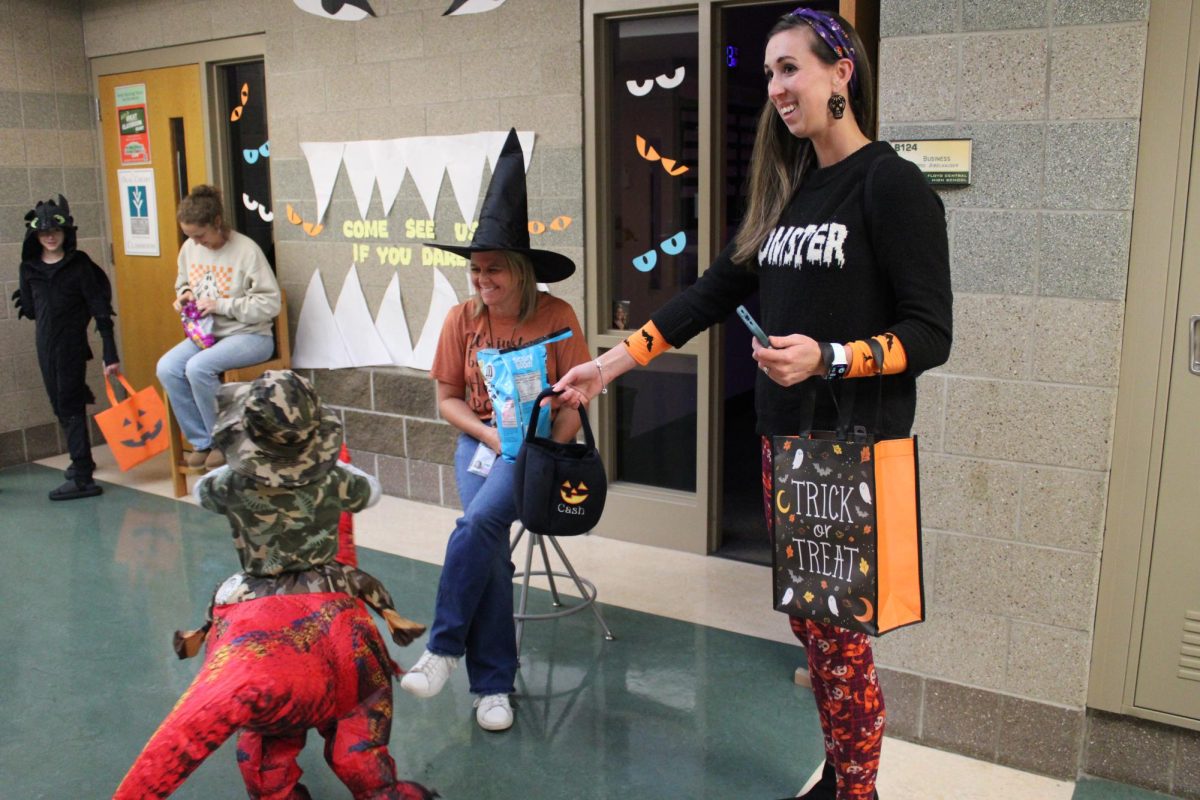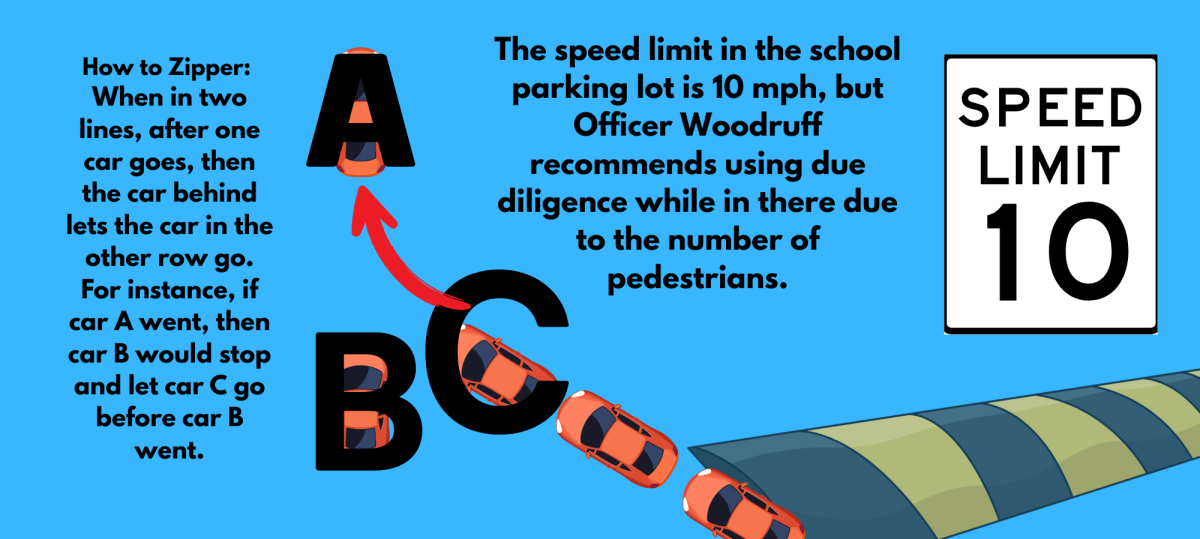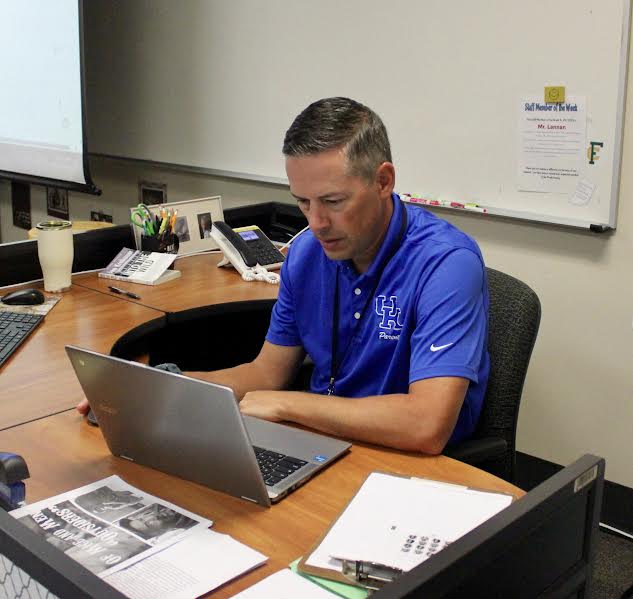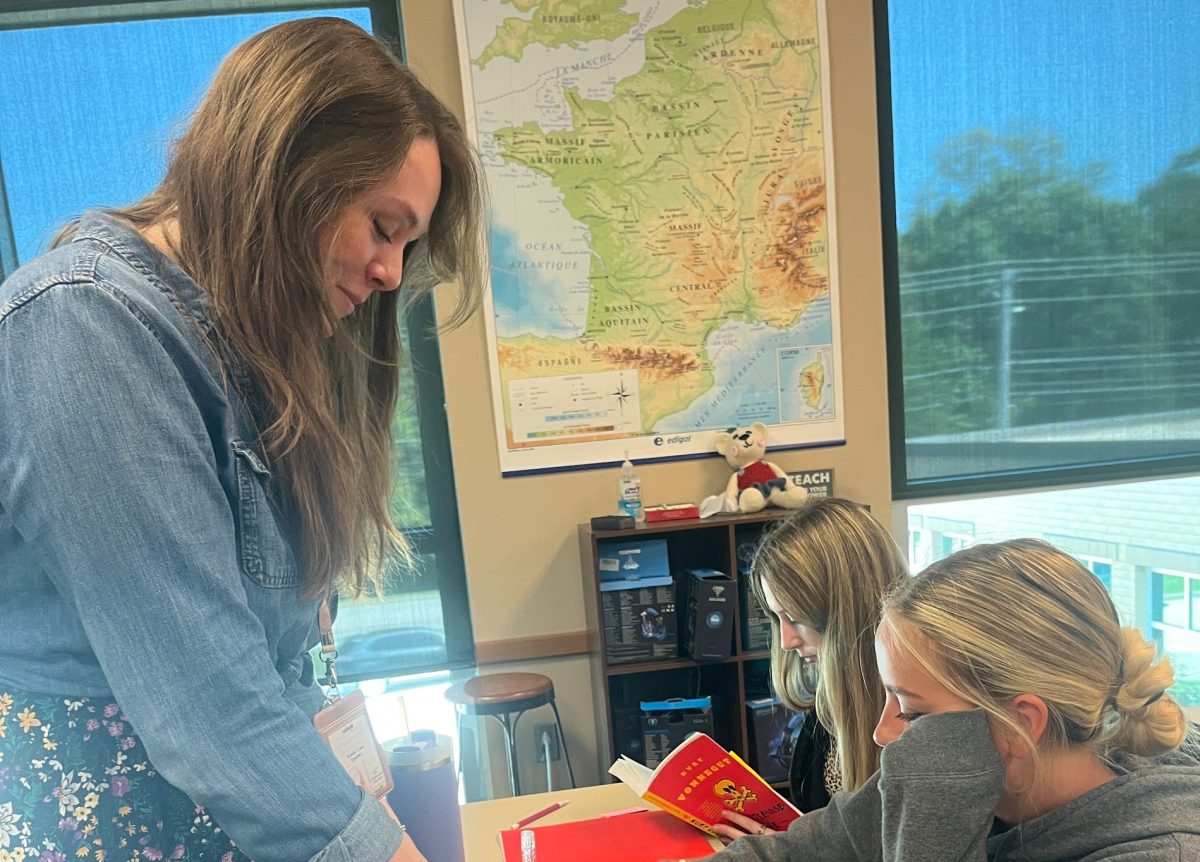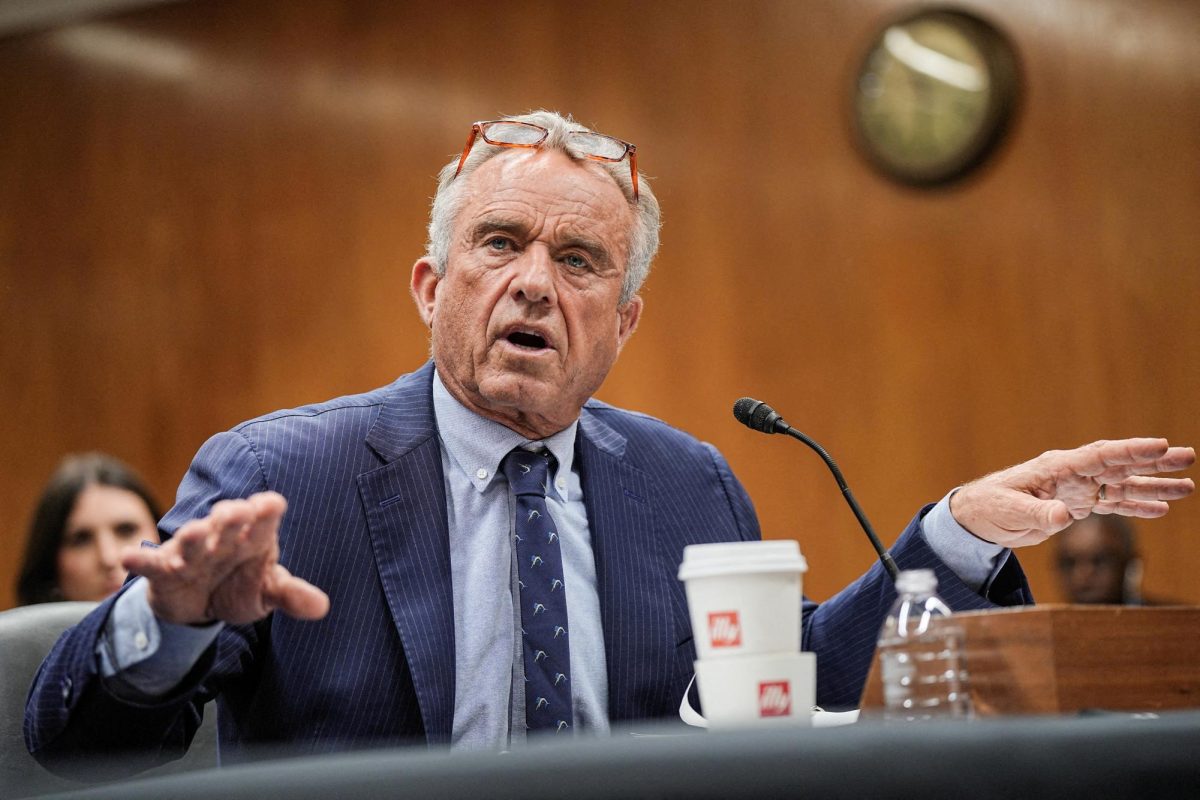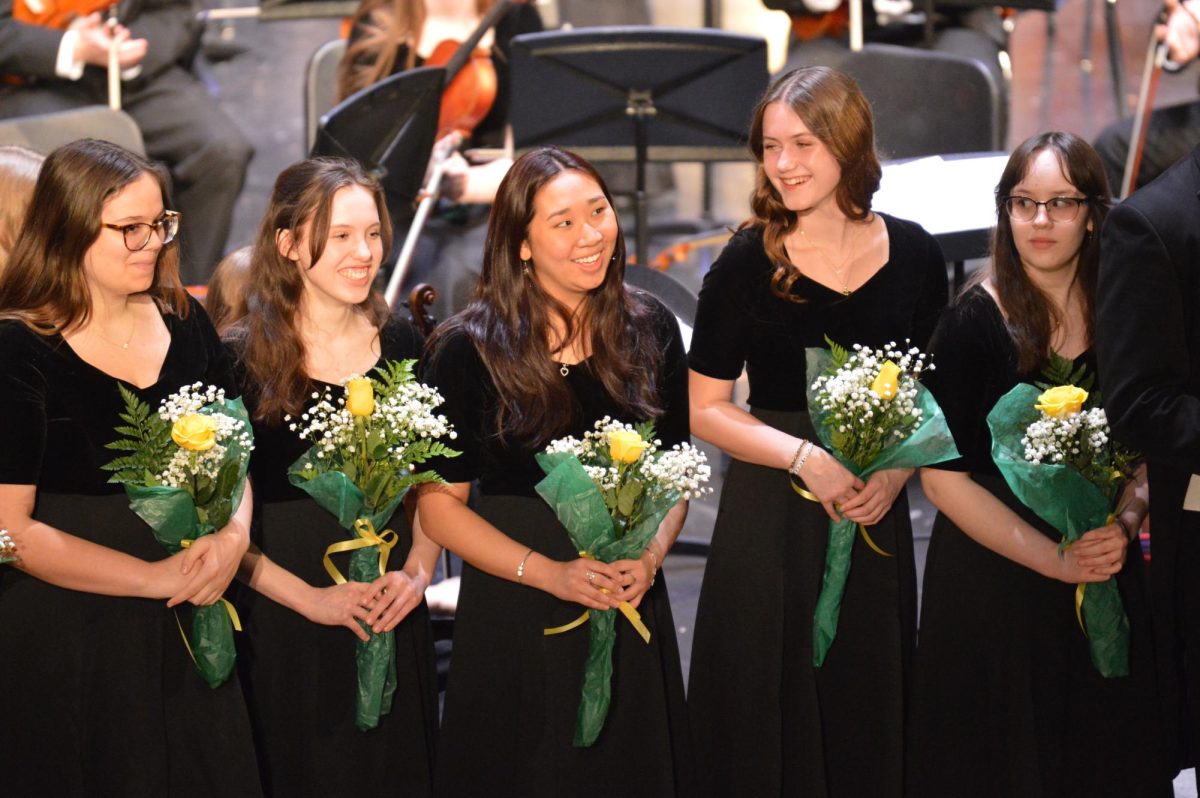NAFCS schools have had two-week breaks for fall, winter, and spring for a while now, with very few days off throughout the year. Any days students received off were for breaks, holidays, teacher work days and parent-teacher conference days. Next year—through the 2026-2027 school year—NAFCS is wanting to welcome in a new schedule that only offers a two-week break for the winter but allows more off days throughout the year. A shorter fall break and spring break that comes with the benefit of an occasional shorter school week.
Next school year will start on August 4, a week later than when school usually starts. Fall break will only have a one week break, winter will have two, and spring will have one again. Even though they are taking away a week from each break, there will be days off scattered across the year.
A vote was cast among teachers and parents for them to vote if they thought the schedule change would be the better idea for the NAFCS district. Superintendent Travis Madison announced that most votes were in favor.
“The process is, to my understanding, a combination of lots of communication from the school board, teachers, and community members,” said principal Kenneth “Scott” Hatton.
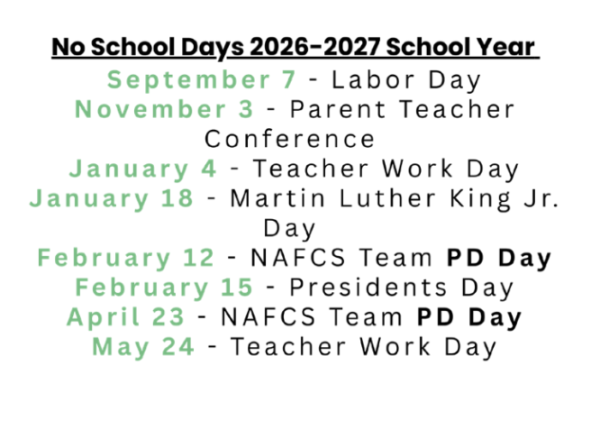 However, the results of the voting were never pushed to the public. Madison had announced that teachers were most in favor of the schedule change, but they never saw the results of their votes after finalization, which some teachers questioned.
However, the results of the voting were never pushed to the public. Madison had announced that teachers were most in favor of the schedule change, but they never saw the results of their votes after finalization, which some teachers questioned.
The new variety of days that students receive off school are called NAFCS Team PD Days. Including PD Days, national holidays and conference days, students will receive around eight extra days off throughout the year.
PD Days, aka Professional Development days, are made for teachers to take on new kinds of training. These are very different from the usual staff meetings that are held after school and are made to help teach and engage teachers, so they can better help assist their students.
“Good teaching is good teaching,” said Hatton.
Some of the training courses involved are Title 9 training, testing training, financial training, and more. If it can be sent in an email, they try not to include it in the meetings. While it is meant for the teachers to train together, some teachers, like English teacher Chelsea Thomas, would also like time to be able to work together with their colleagues a little bit more.
“Working on those days doesn’t really bother me when they are beneficial. What teachers value most is time in their classrooms and time to work with their colleagues. I work closely with Mrs. Peden and Mrs. McDonald. We would love to be able to work more together on those PD days but we are never given the opportunity. The days are usually filled for us.”
The vast majority of other schools in Indiana have adjusted to the one week fall and spring breaks with an extra week of summer, FC being one of the few that has a different schedule from all the others. Prosser provides programs to around 17 school districts and 23 high schools; only a small handful of districts, including NAFCS, use a different schedule.
One of the reasons for the schedule change was because of the amount of students going to Prosser with a completely different break schedule; NAFCS thought that it would help if this new schedule was implemented, so that all Prosser teachers and students would have the same aligned schedule, avoiding difficulty supporting two districts with different break times.
On the contrary, many students—specifically freshmen, sophomores, and juniors—see the break change in a more negative view. Students like freshman Monroe Easter play sports like Soccer; many times, the practices will be scheduled a couple times during break. Sometimes for just that first week, sometimes for both weeks.
“I like having an extra week during fall break to decompress from everything,” said Easter.
With the school year starting August 4 next year instead of July 31, this leaves Easter questioning why they would replace a week of fall break for an extra week of summer break.
“I don’t know why they would make summer break longer than it already is because it’s already two months of summer break and then they’re making it a week longer. It’s unnecessary.”
Students are also disheartened by losing unwind time after traveling, worrying about the stress of coming back to school with barely any time to adjust.
“My family is a big travel family, so with the two weeks we travel in the middle of those two weeks so I still have time at home and then when we get back, especially with jet lag because that can be a thing, we have time to rest and if I were to hang out with friends I can hang out with my friends before or after the trip,” said junior Elizabeth Schellenberger. “Two weeks gives me enough time to take a break from school. A week just goes by too fast.”
Some teachers do not mind the change in schedule, such as econ teacher Julie Hanen, and are looking forward to the change of pace, learning possibilities with PD Days, and the additional week of summer.
“I love summer break so I am fine with a longer summer. I felt our summer breaks were way too short. I also feel Memorial Day is the unofficial start of summer and I always dislike having school after Memorial Day,” said Hanen.
In next year’s schedule change, school ends on May 31, which is conveniently Memorial Day. Memorial Day always falls on the last Monday of May, so the school year may not always end on Memorial Day, but this year, it does. Many families use those weekends as vacation time,
“I do not feel I am missing out on family or vacation time because my children will all be in 3 different colleges that sometimes have varied breaks,” said Hanen. “I just adjust to spend time with them on their breaks when I can. Colleges finish their semesters in May and return in Mid-August, so I am fine with the longer summer.”
However, teachers like Chelsea have many disagreements with the schedule change.
“I am disappointed because I feel like the schedule we have and the one that NAFCS has had for quite some time, works well for our students. I have worked in several different districts and on many different schedules. This current one with the two week breaks seems to be the most beneficial for students. They come back recharged and ready to take on the next quarter. I don’t see the same motivation after one week breaks,” said Chelsea.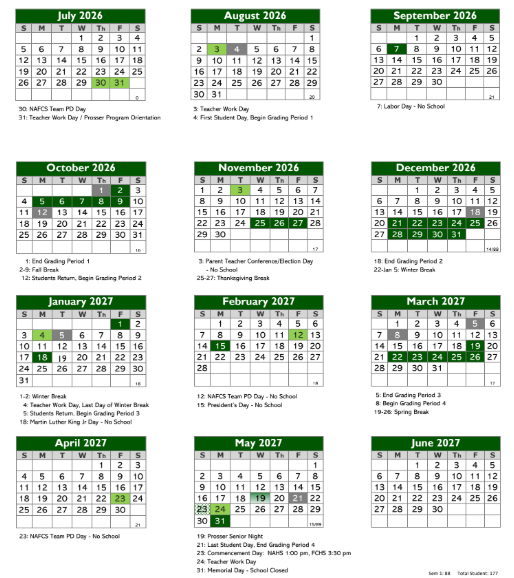 Some teachers also have students who play sports and families of travelers. While taking into account how the students feel about losing break time, teachers also have to go through the same difficulties with their kids being students as well.
Some teachers also have students who play sports and families of travelers. While taking into account how the students feel about losing break time, teachers also have to go through the same difficulties with their kids being students as well.
“My child is in the marching band. We are only able to take vacation on one week of break due to competition schedules in the fall. If those competitions fall on the one week we get, then we won’t be able to take our fall trips. The same thing will happen to families who play sports in the spring. A lot of students who play sports cannot travel because many sports start the week before spring break or the first week,” said Chelsea.
While there are pros and cons of the 2026-2027 schedule, it is inevitable to happen unless another vote is run. This change will help Prosser students and teachers as well as the district being aligned with other districts; however, students and teachers may struggle a bit with the change because they are losing valuable time for activities and rest. Some teachers may not mind the change because they want to try something new.
➡️Click here to see the full 2026-2027 calendar.


